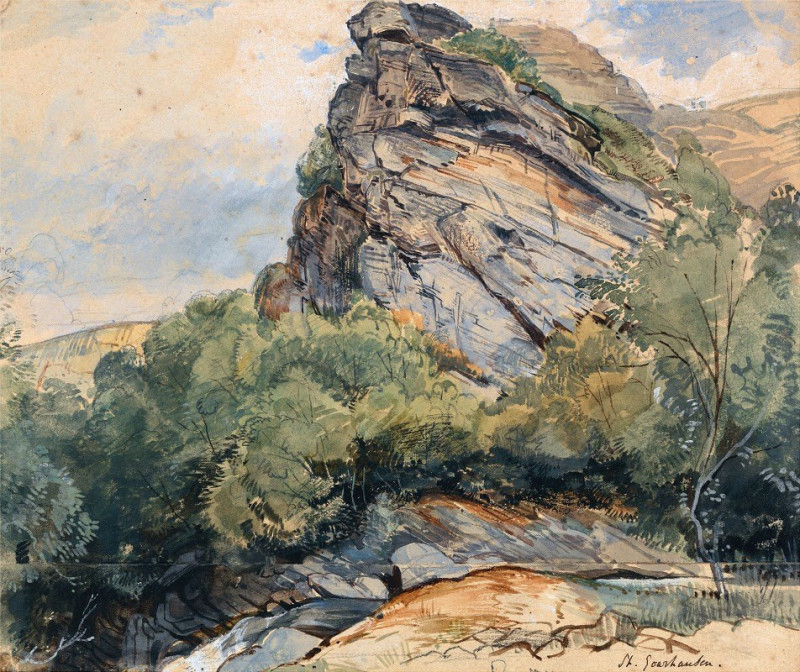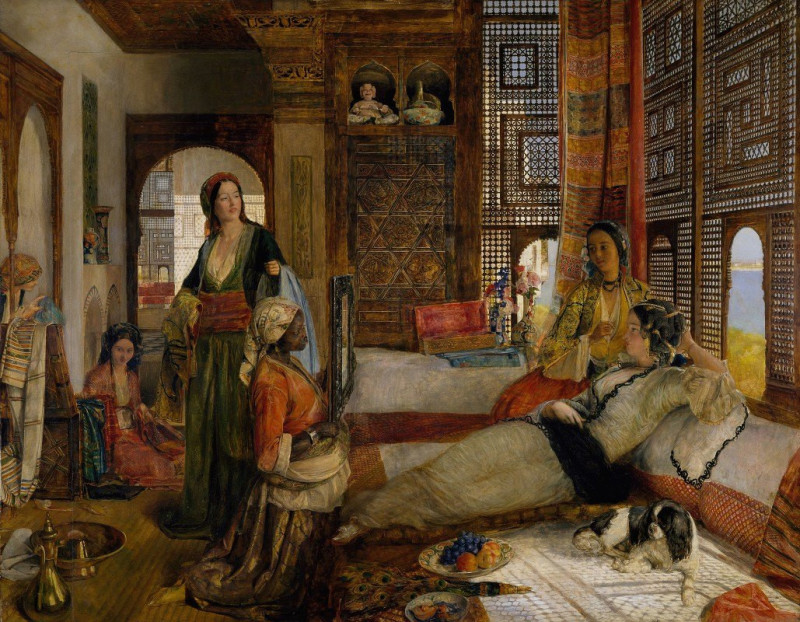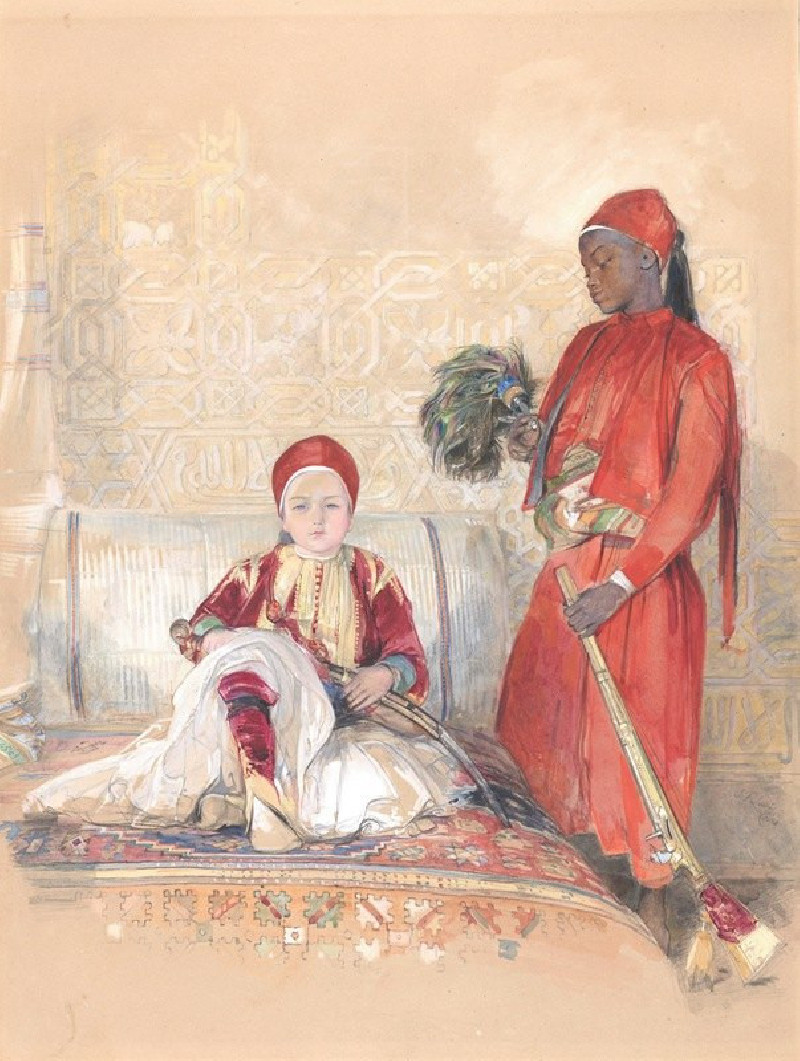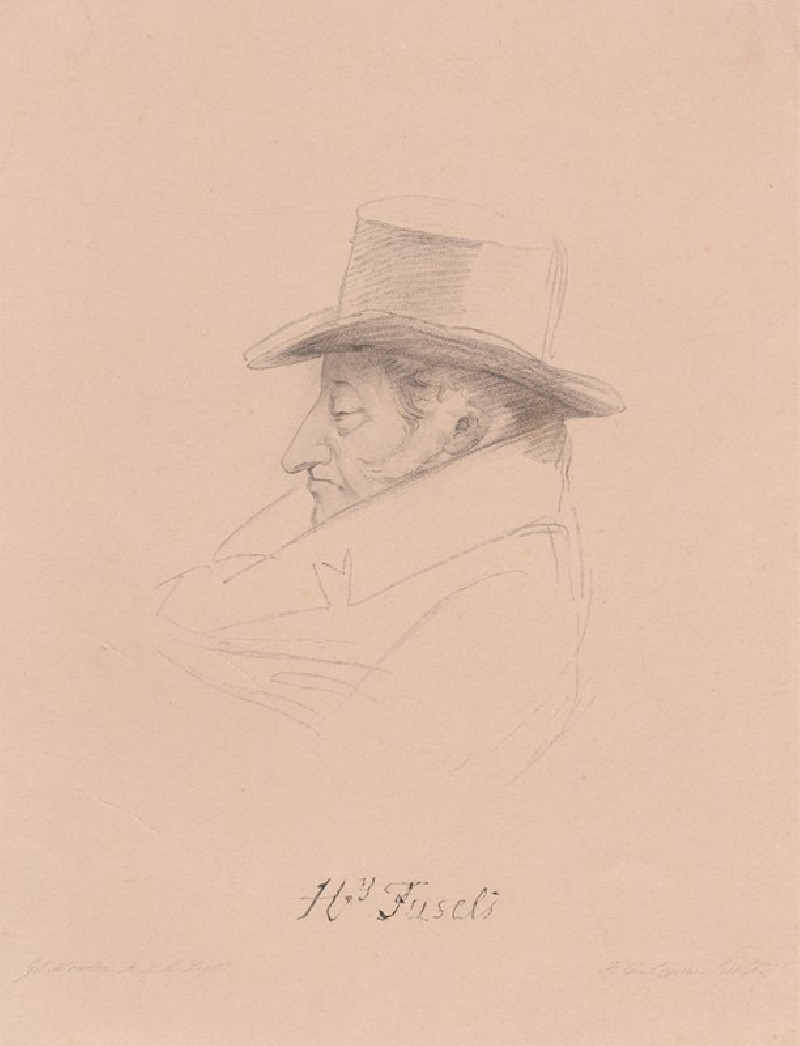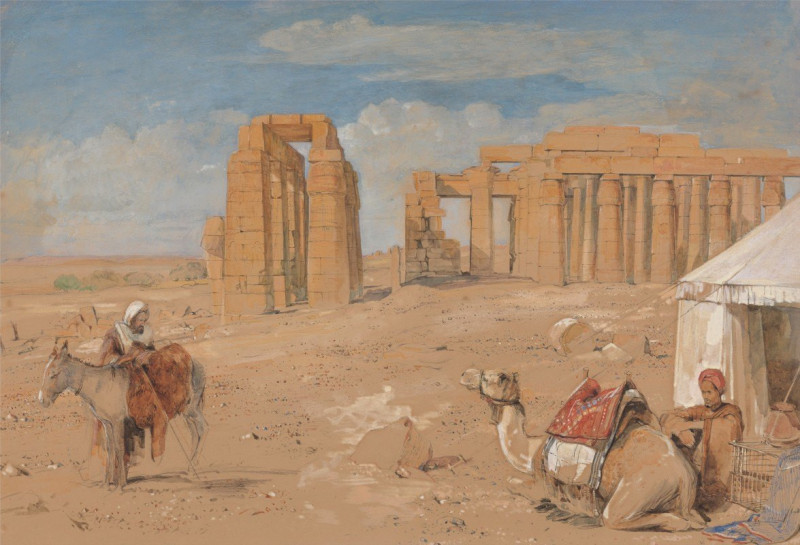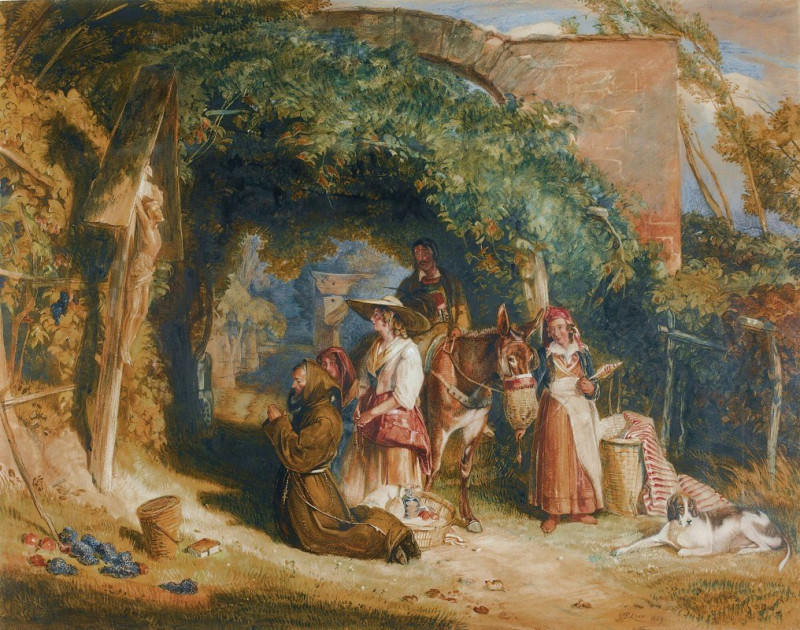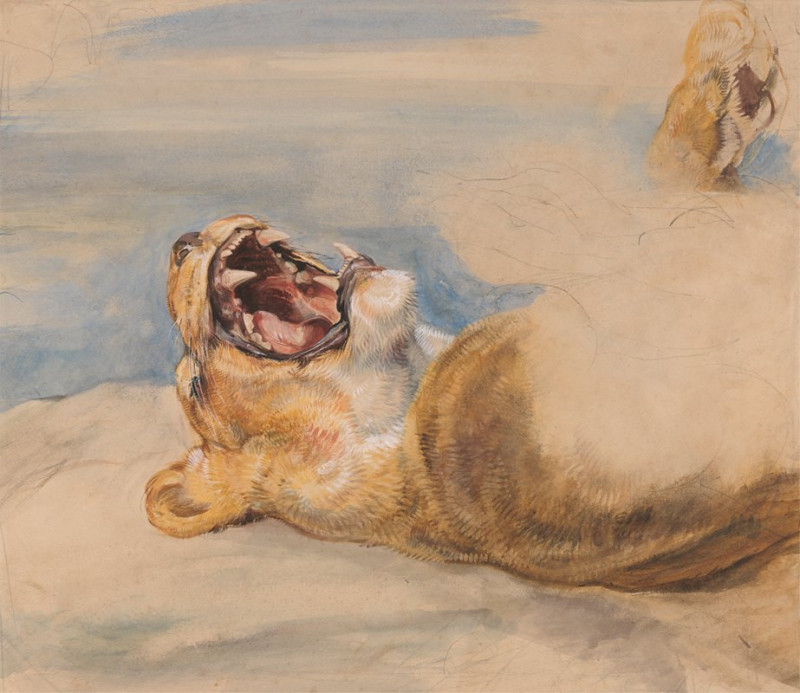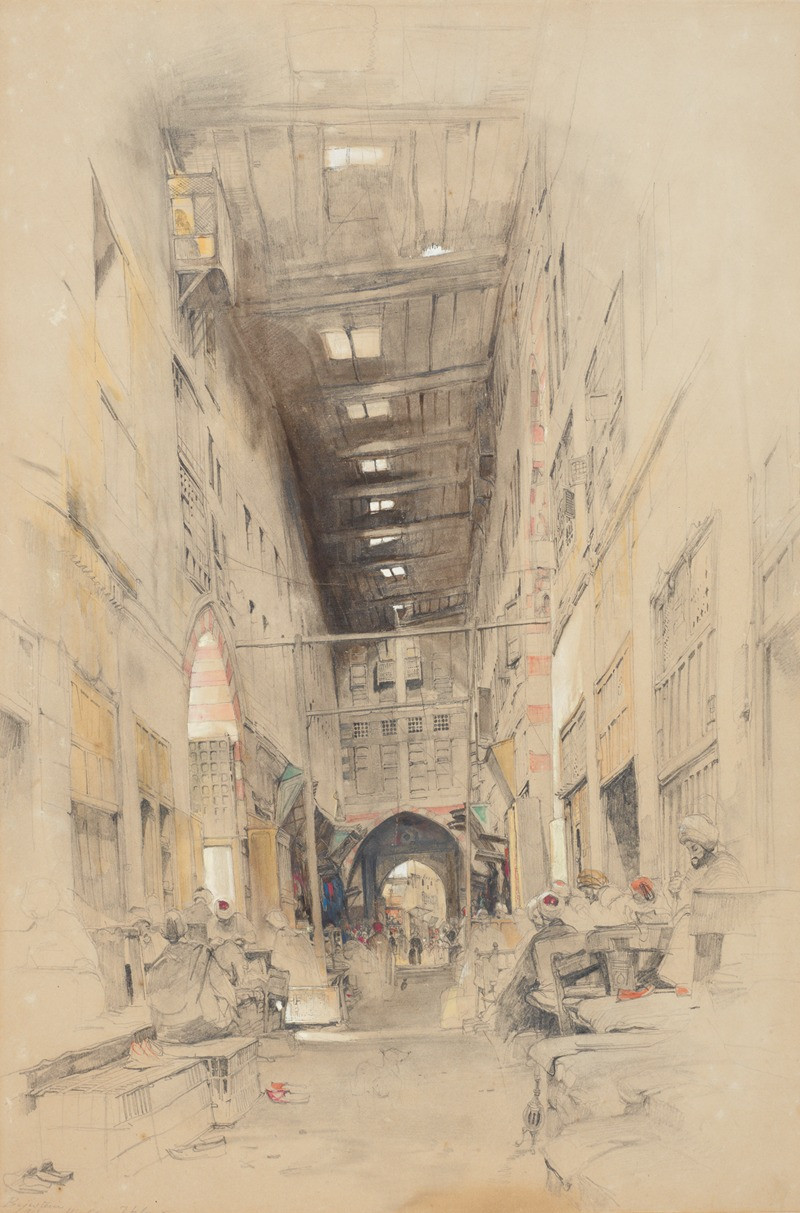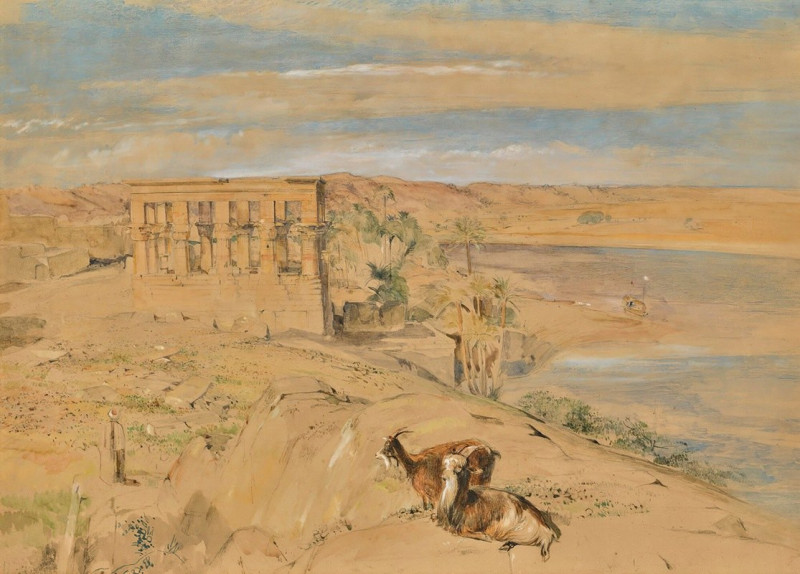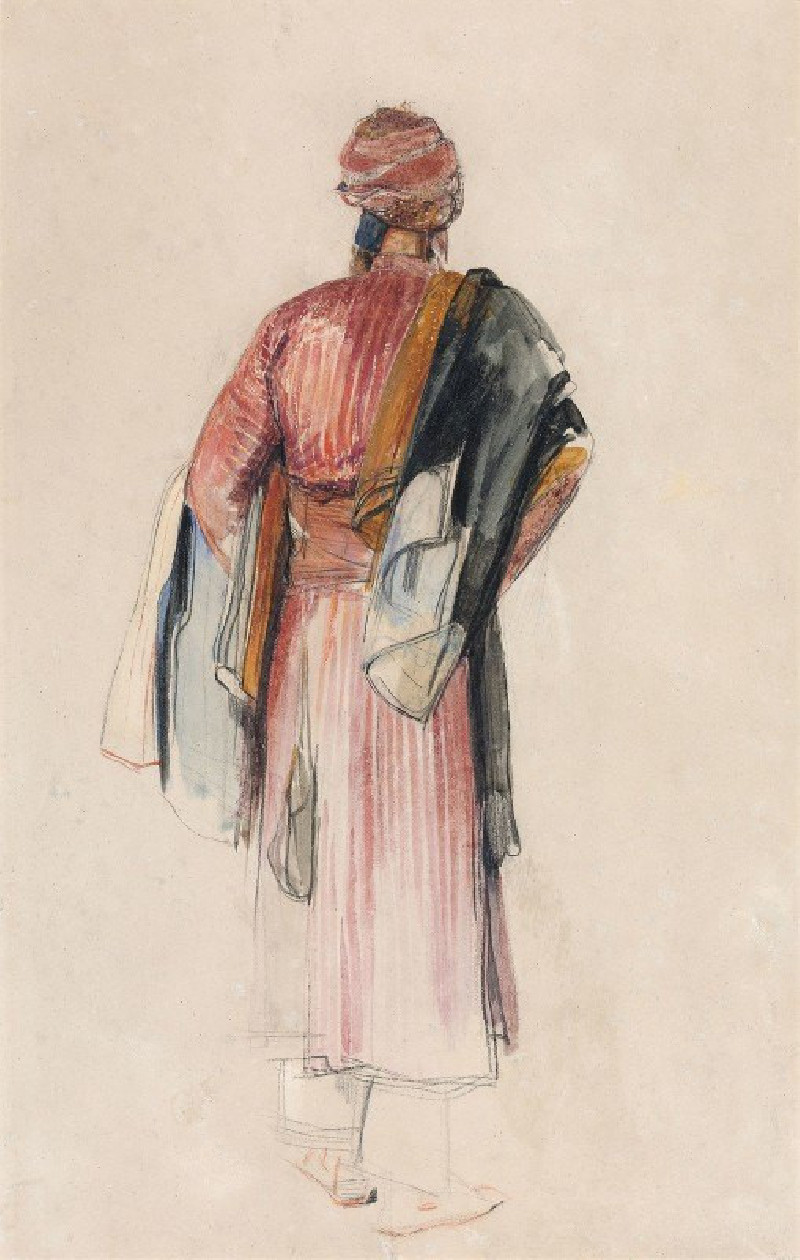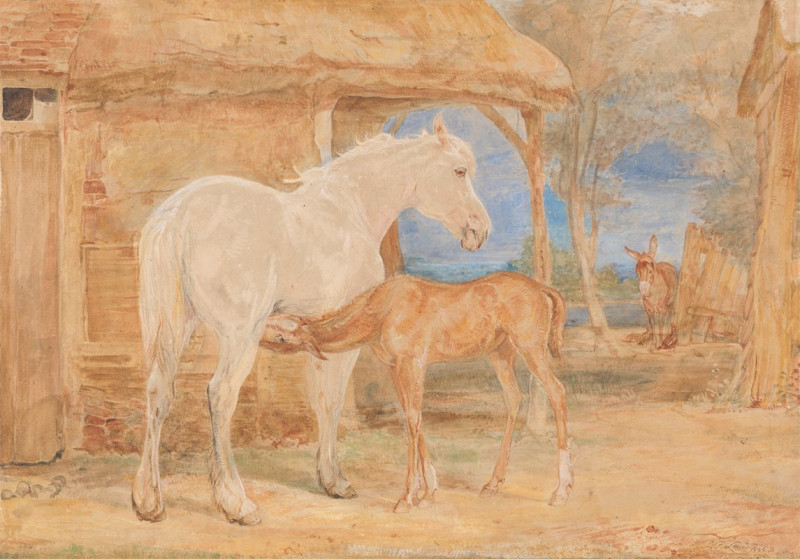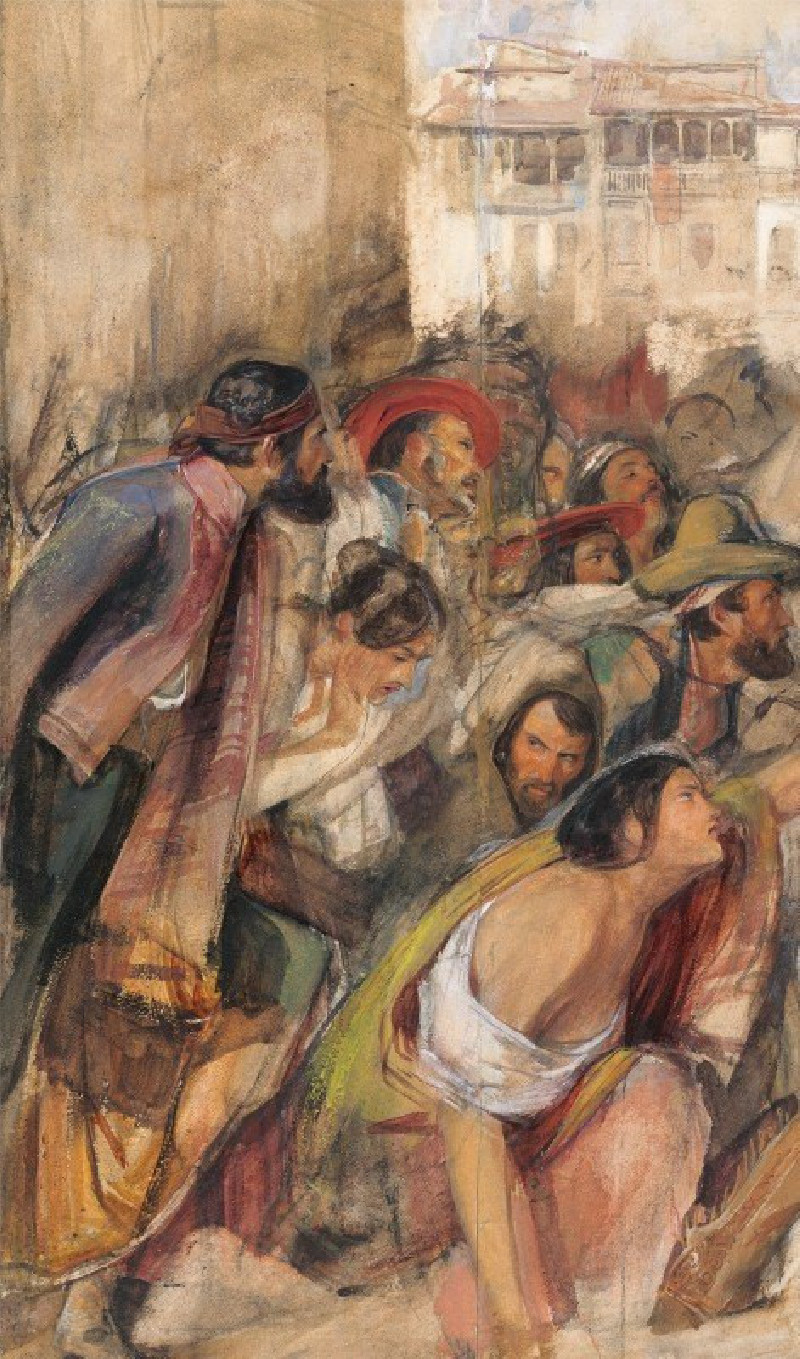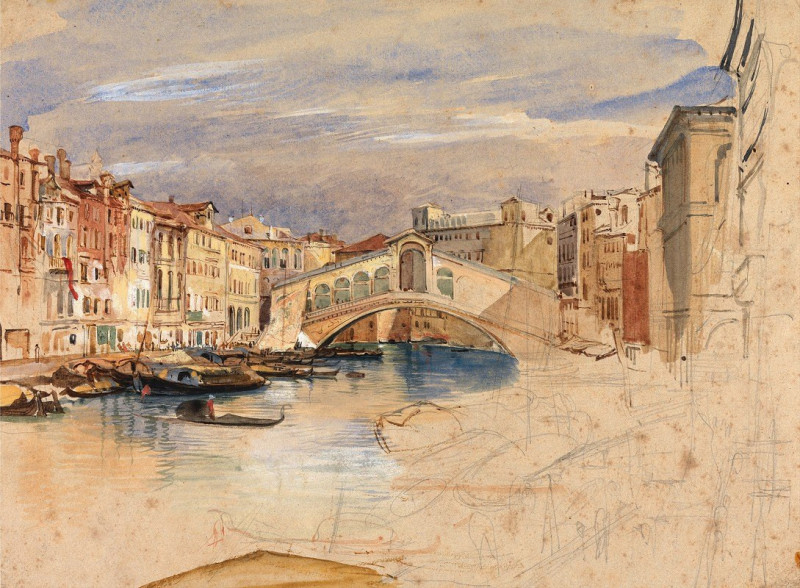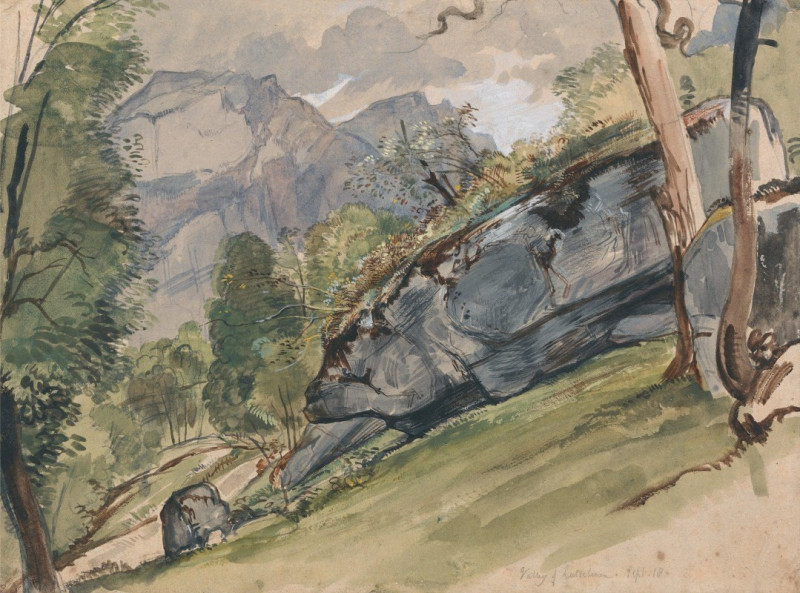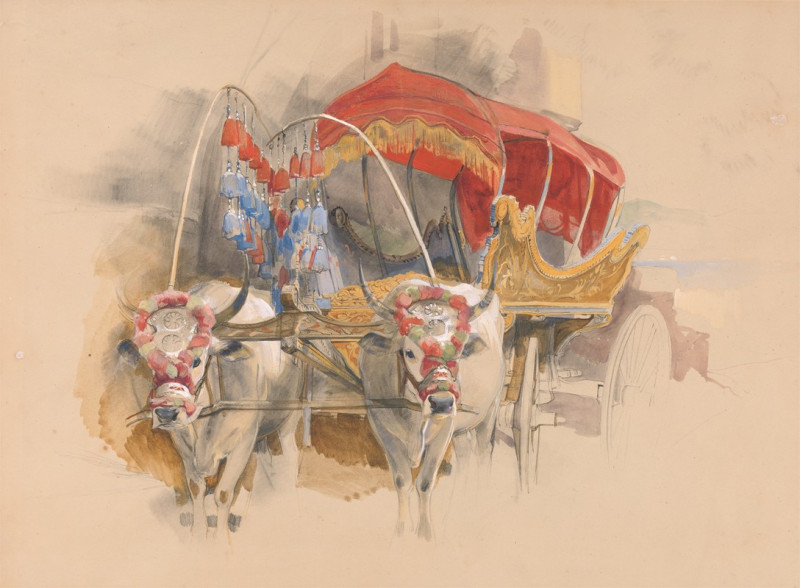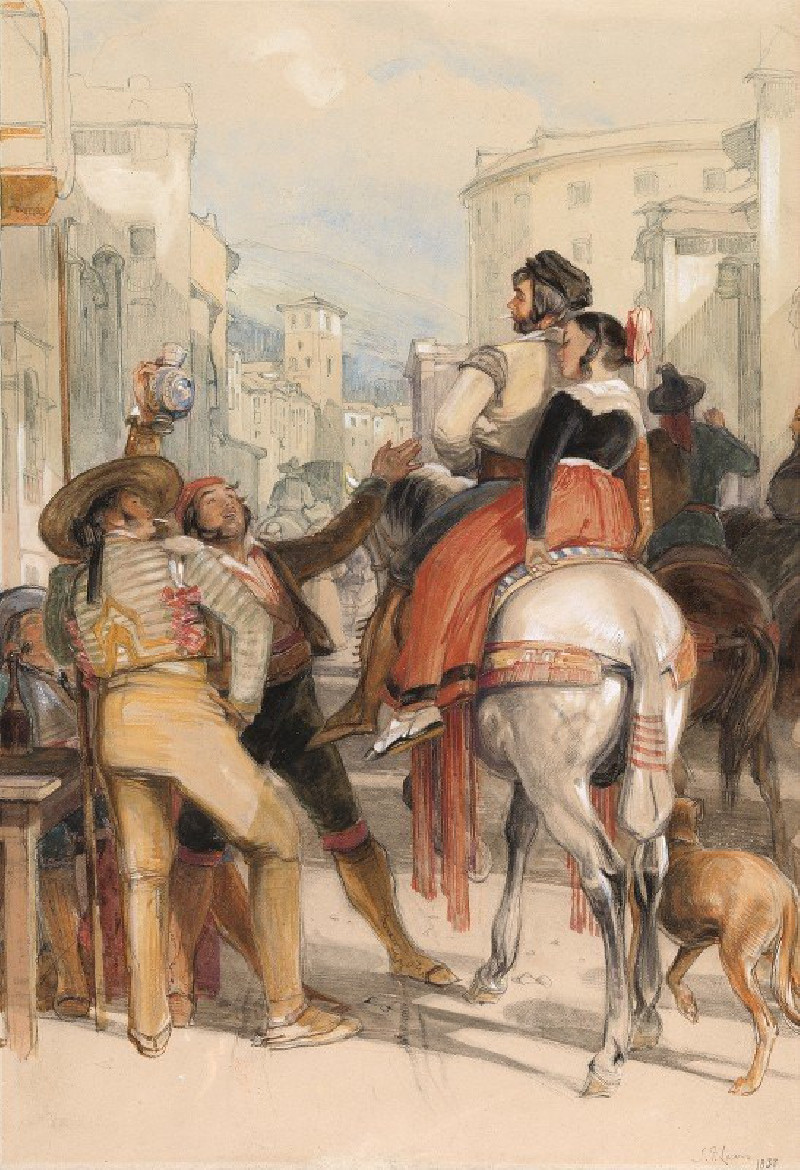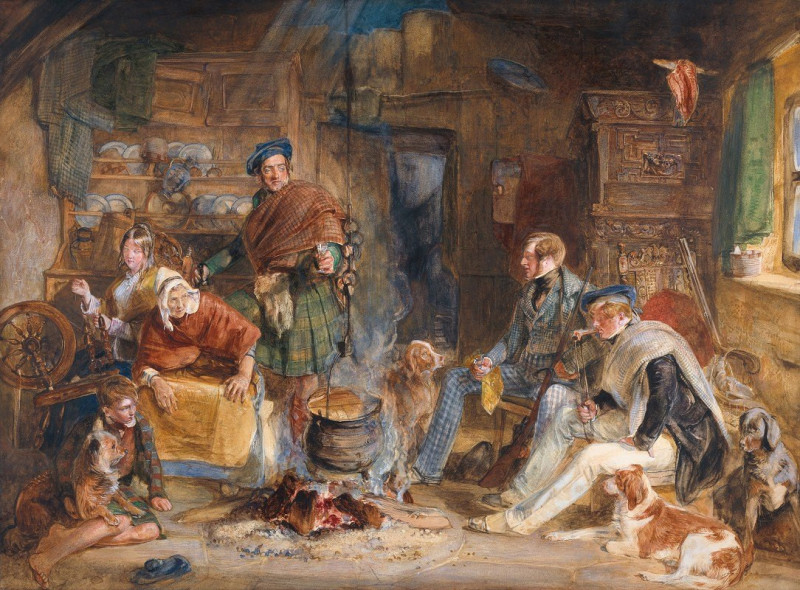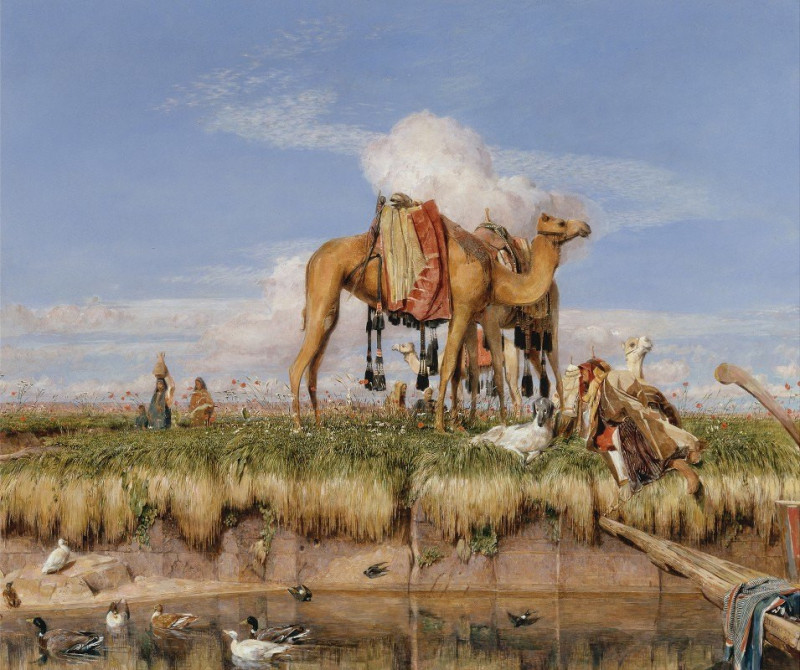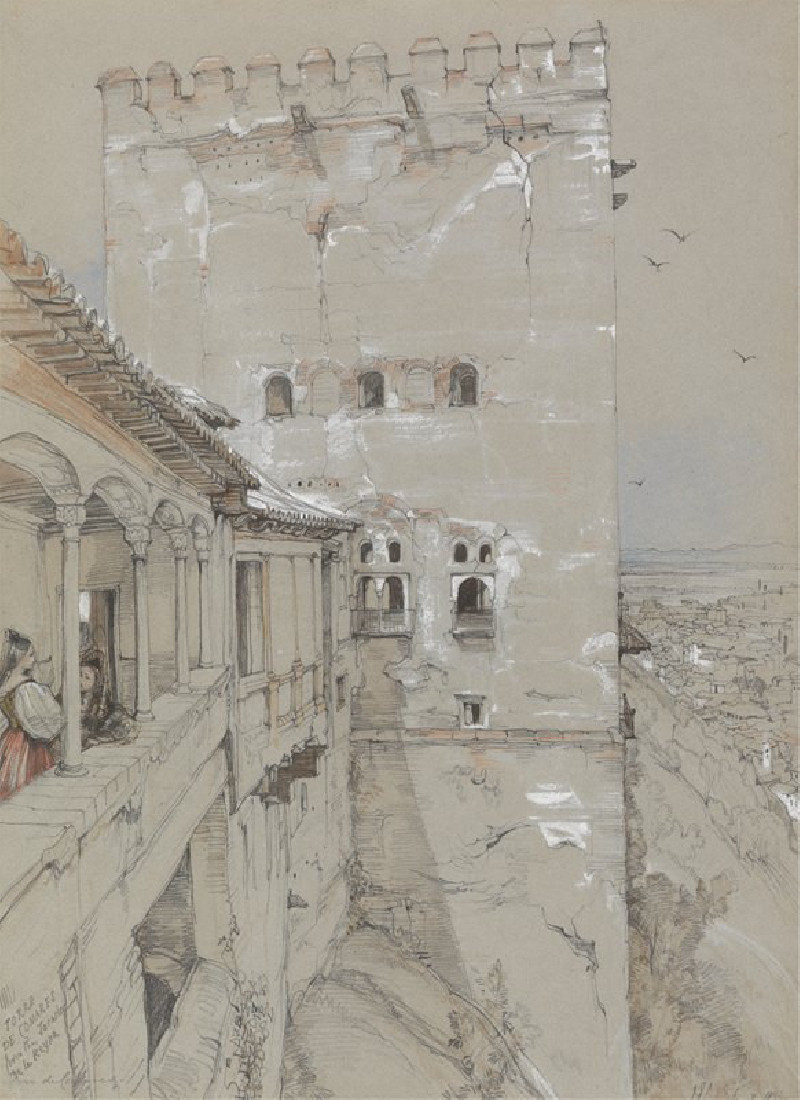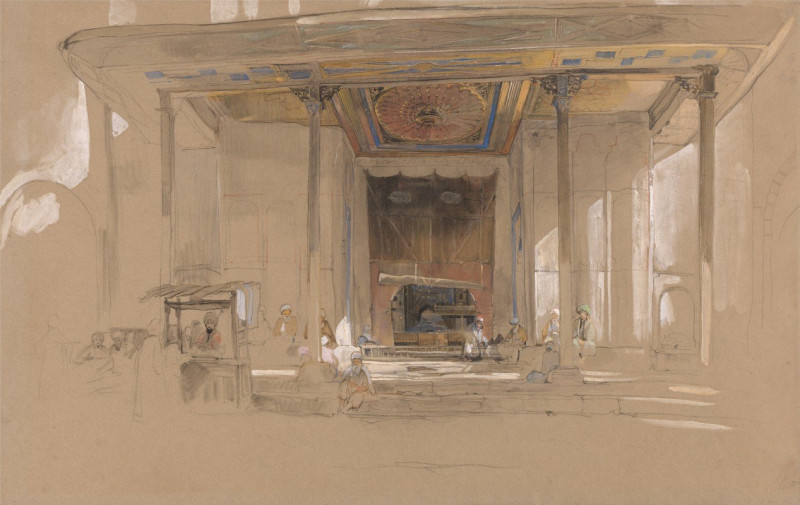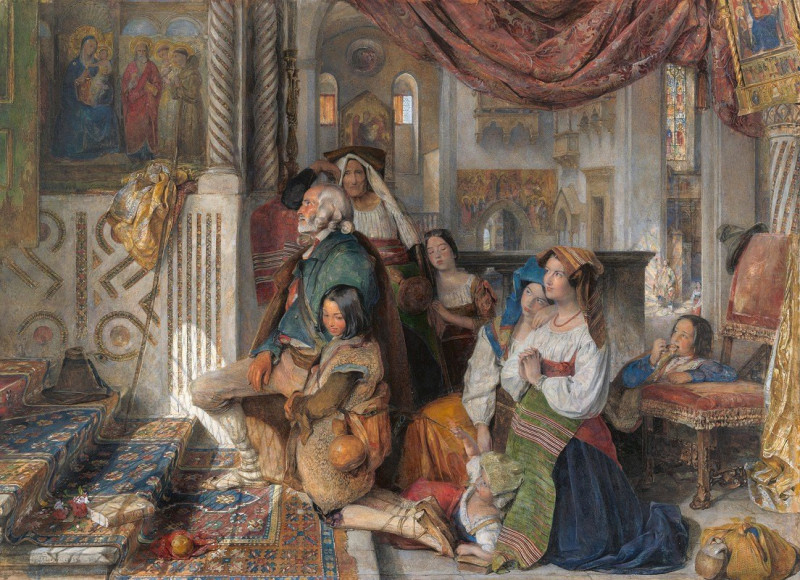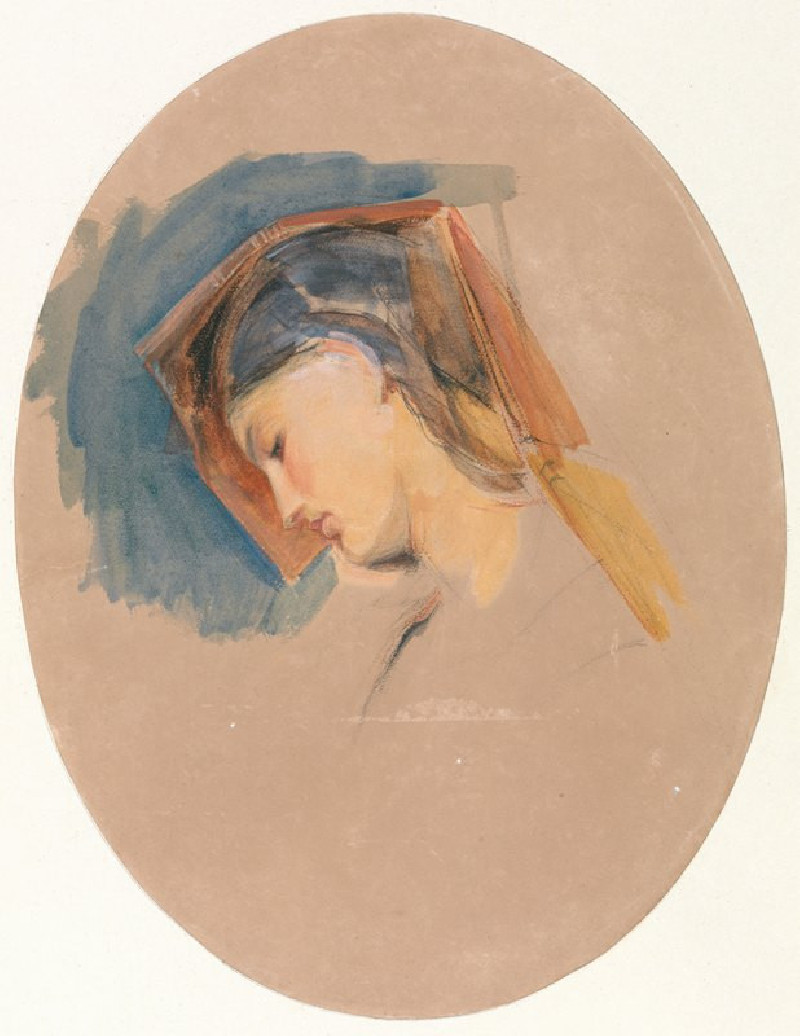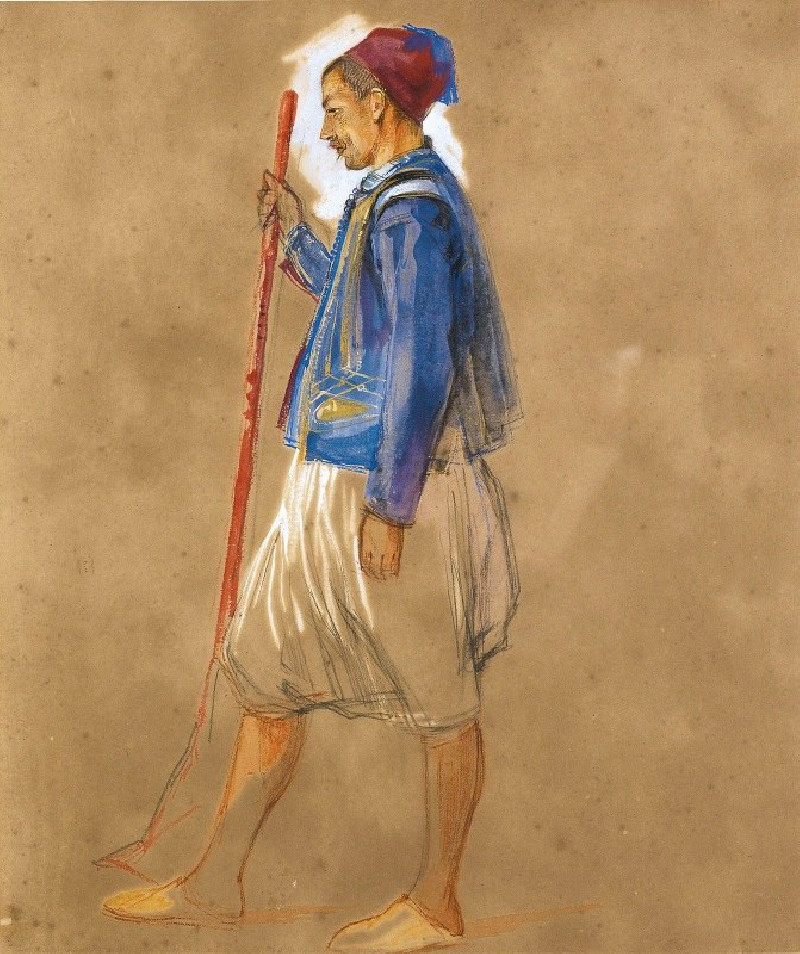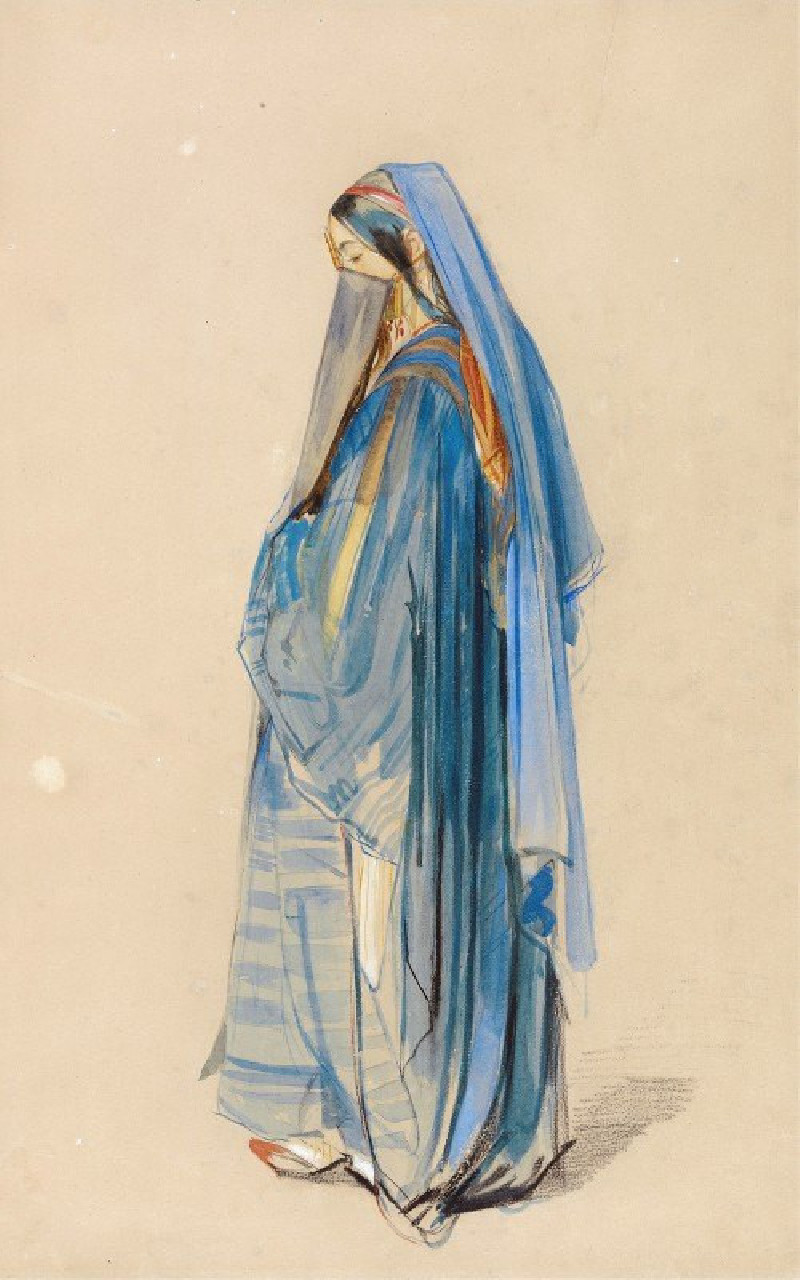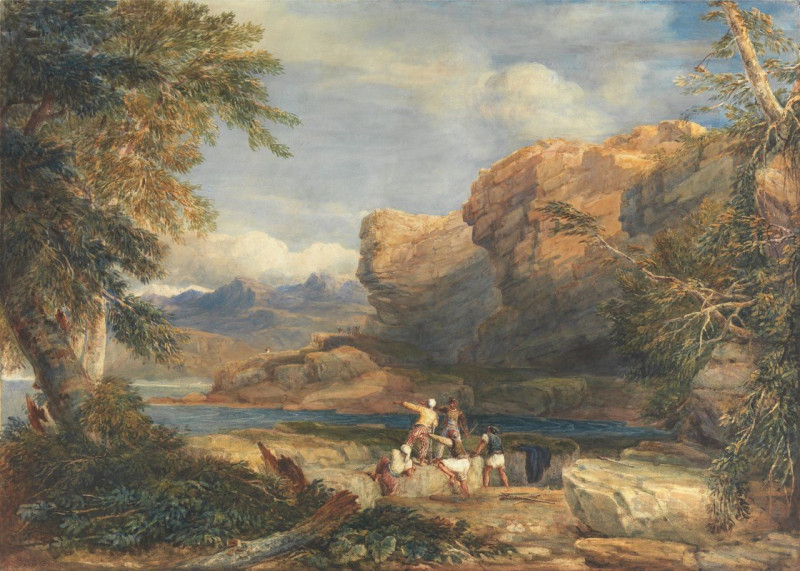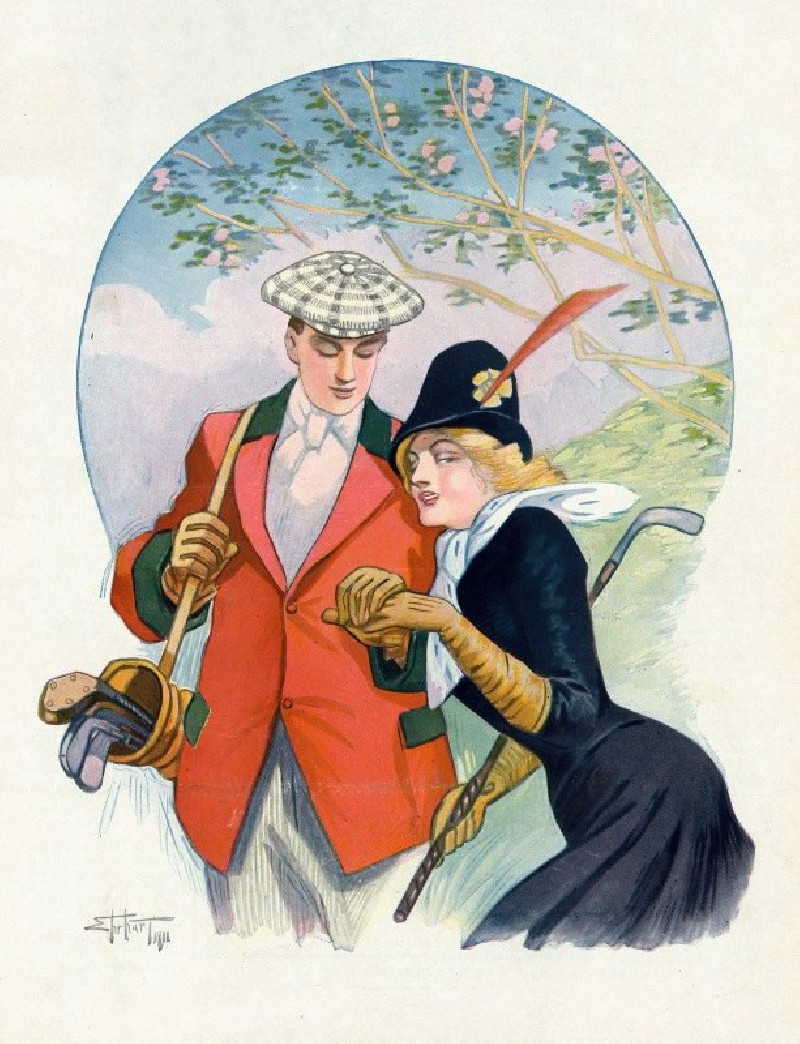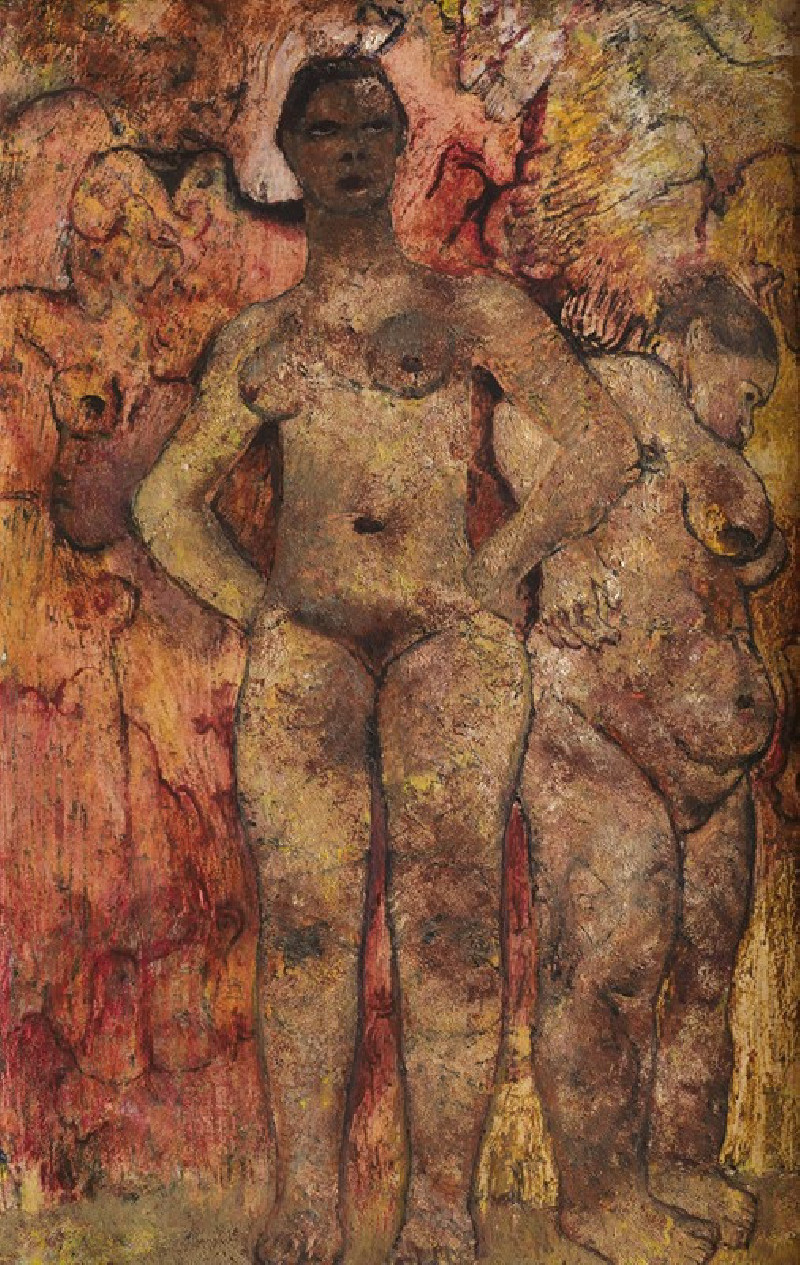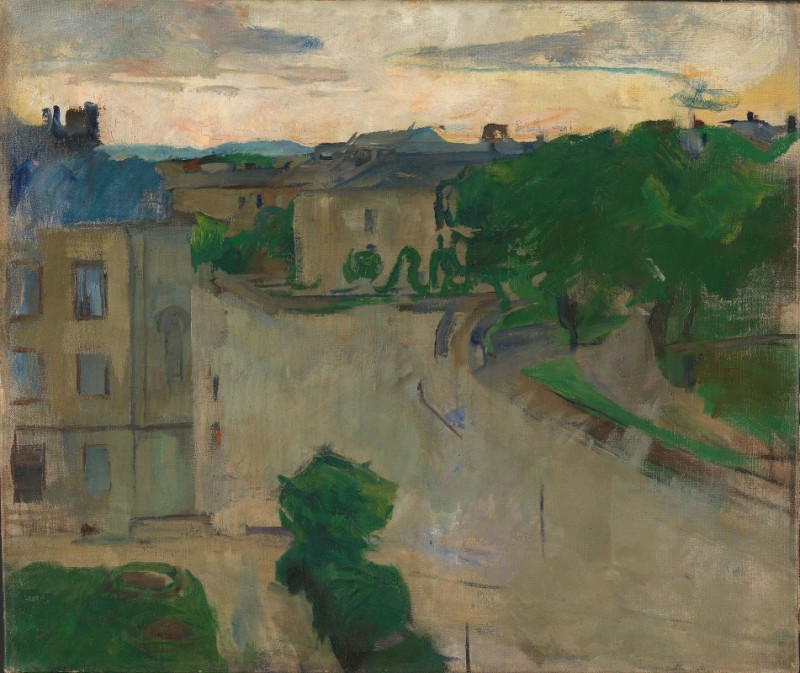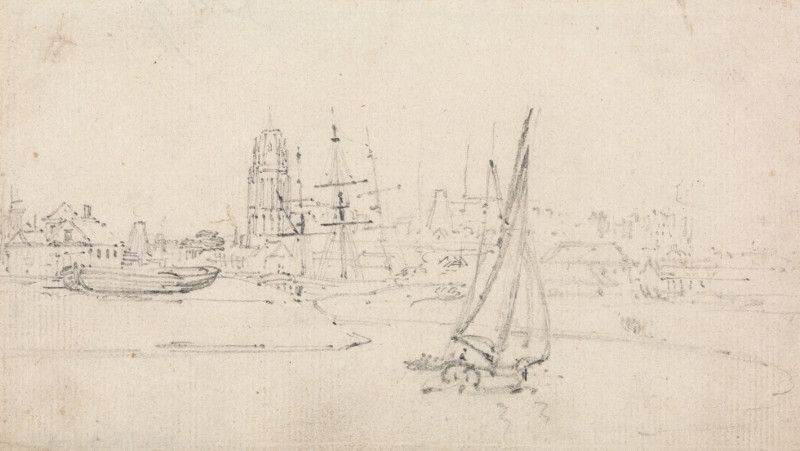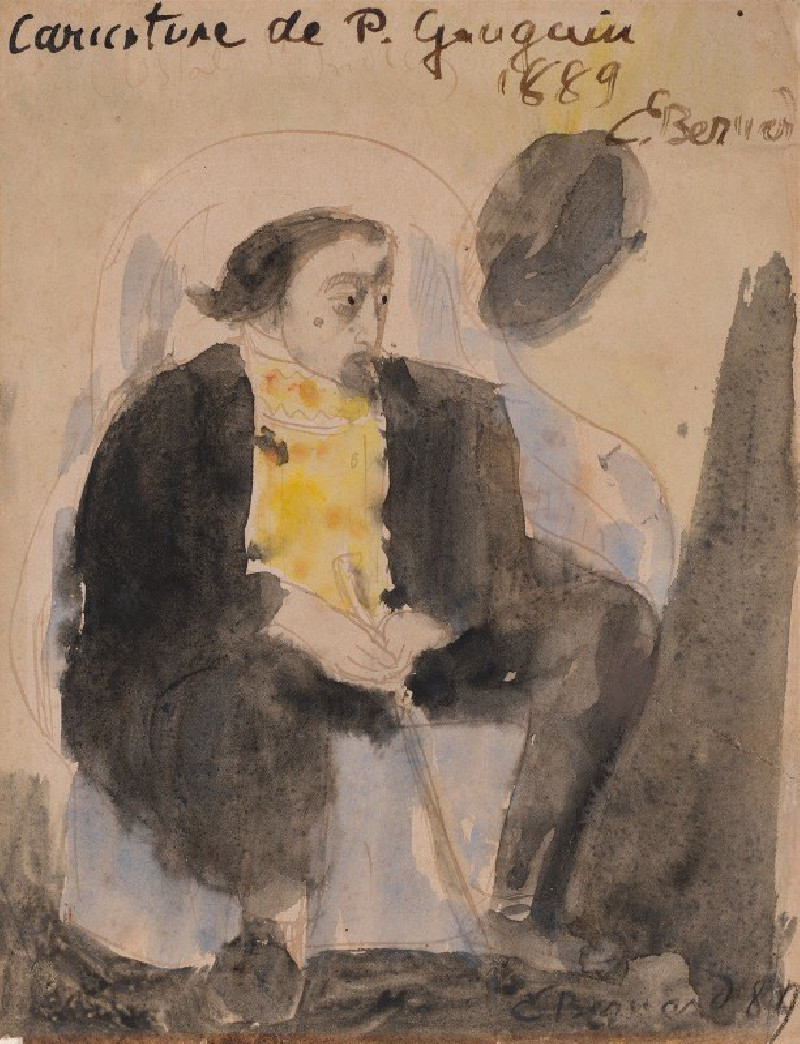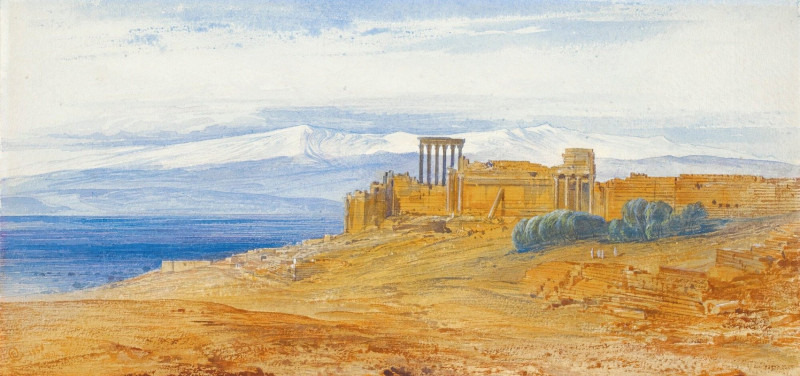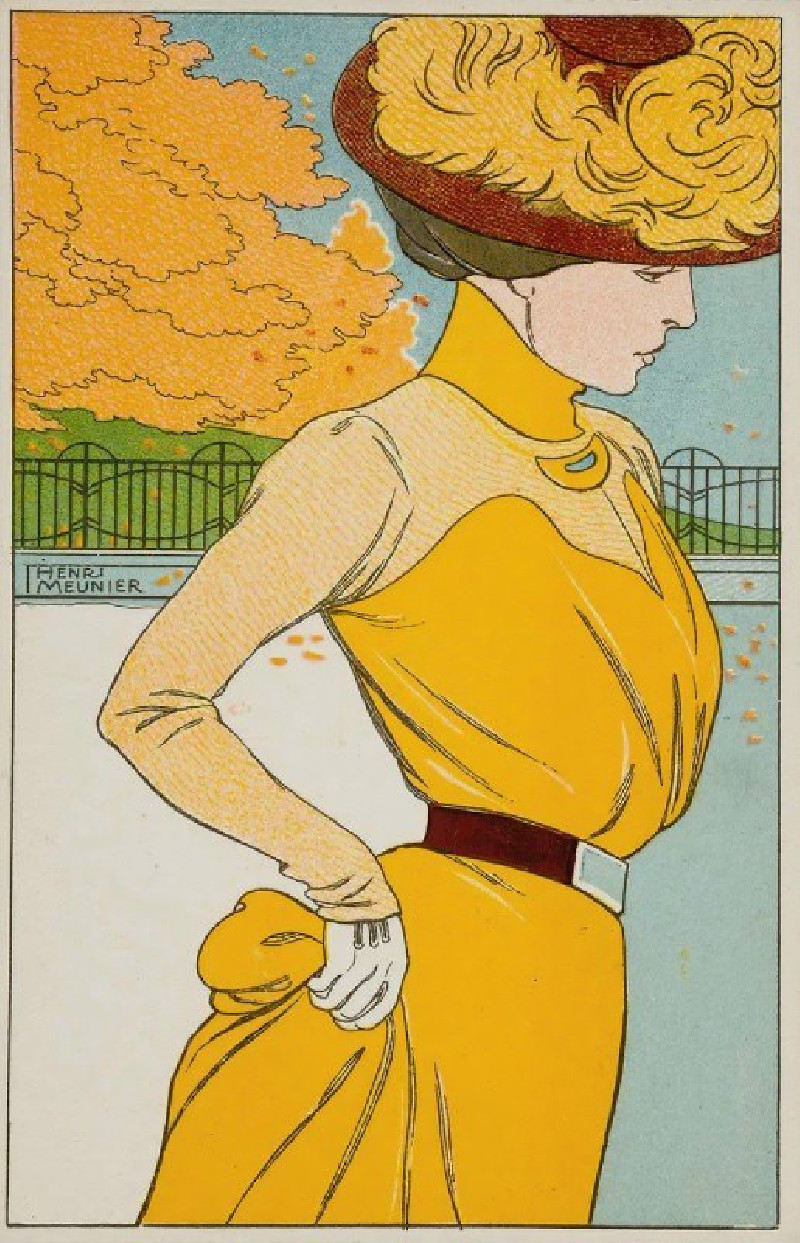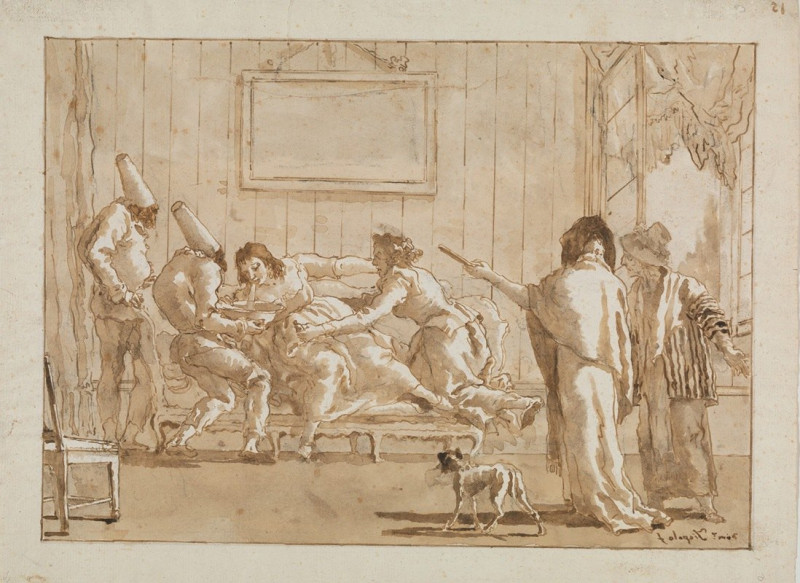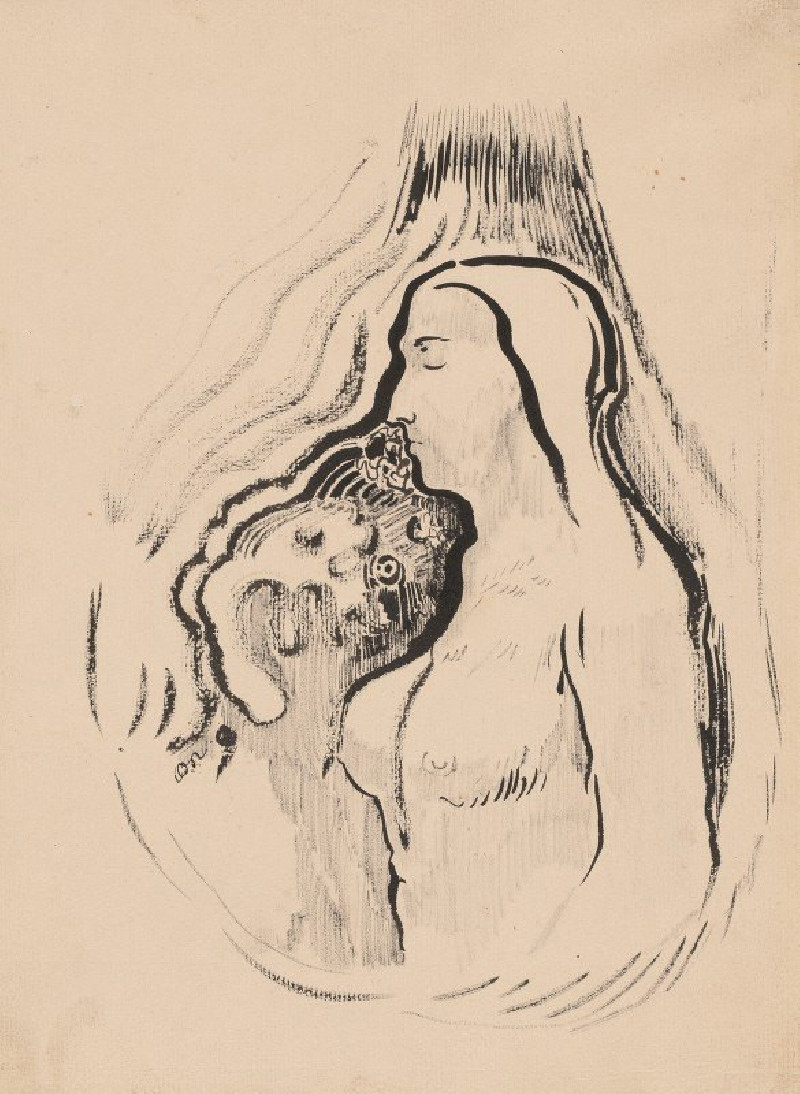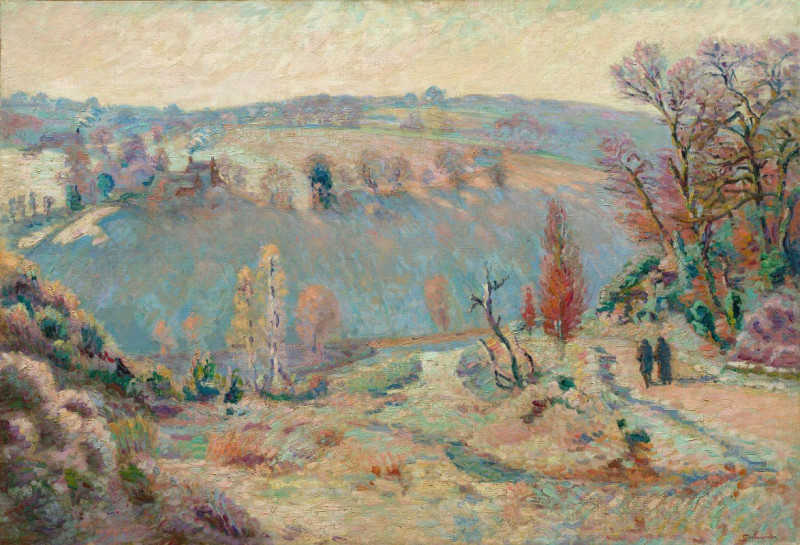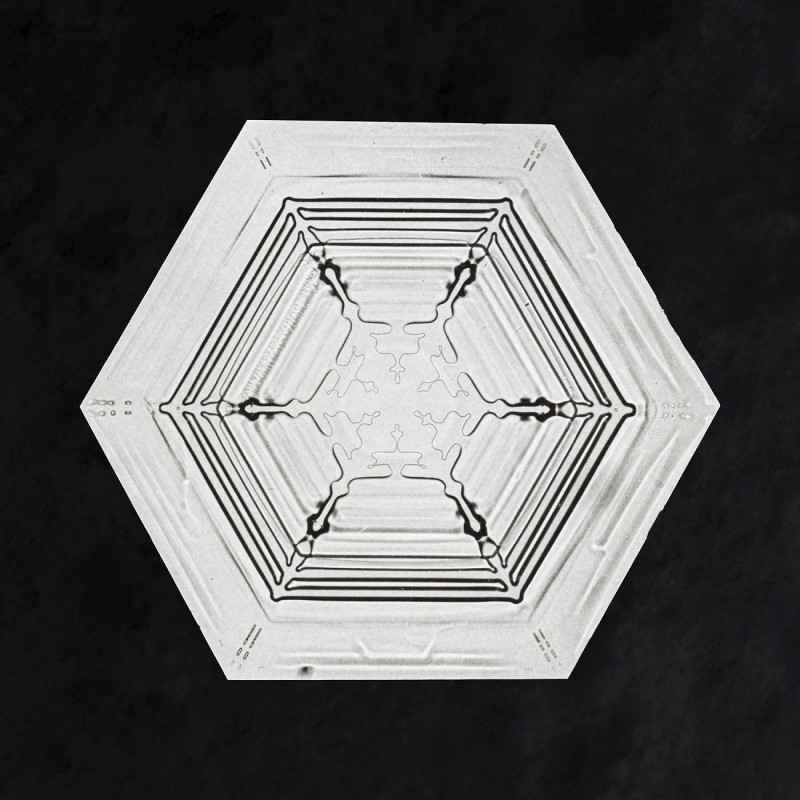St. Goarhausen on the Rhine between Koblenz and Mainz (1827)
Technique: Giclée quality print
Recommended by our customers
More about this artwork
"St. Goarhausen on the Rhine between Koblenz and Mainz" by John Frederick Lewis is a captivating watercolor painting that invites viewers into a serene natural landscape along the historic Rhine River. Painted in 1827, this artwork exemplifies Lewis's expertise in capturing the beauty and tranquility of outdoor scenes.In this painting, Lewis portrays a rugged cliff face that towers majestically over the lush greenery below. The detailed brushstrokes on the rocks create a textured effect that almost allows one to feel the roughness of the stone. The stratifications in the cliffs are rendered with remarkable precision and skill, highlighting the geological features that characterize this region.The foreground features an assortment of trees and shrubs, painted with various shades of green and hints of orange, suggesting the diversity of vegetation as well as the season. This contrast between the sturdy, enduring rocks and the softer, transient foliage adds a dynamic element to the composition.The sky is illustrated with light, airy brushstrokes of pale blue and white, evoking a sense of openness and calm. This mastery of sky rendering helps in setting a soothing backdrop that complements the robust natural forms below.John Frederick Lewis’s "St. Goarhausen on the Rhine between Koblenz and Mainz" not only serves as a window to the picturesque landscapes of the Rhine but also showcases his artistic prowess in landscape painting.
Delivery
Returns
John Frederick Lewis was an English Orientalist painter. He specialized in Oriental and Mediterranean scenes in detailed watercolour or oils, very often repeating the same composition in a version in each medium. He lived for several years in a traditional mansion in Cairo, and after his return to England in 1851 he specialized in highly detailed works showing both realistic genre scenes of Middle Eastern life and more idealized scenes in upper class Egyptian interiors with little apparent Western influence.

